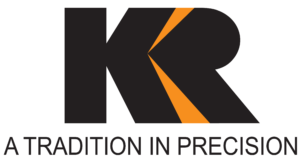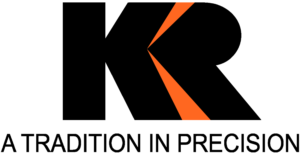A Deep Insider’s Look at a Rugged Terrain Mission to Investigate a Helicopter Crash with Drones
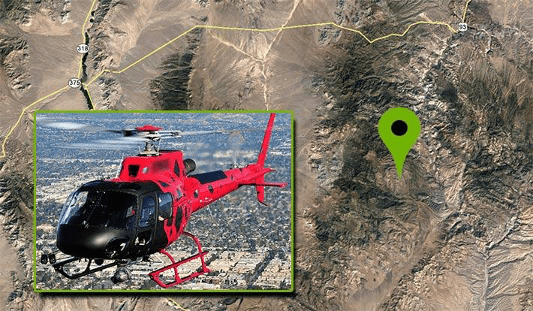
nce that may have not been seen for various reasons during a site walk-through.
Does the Drone Industry Really Need 8K
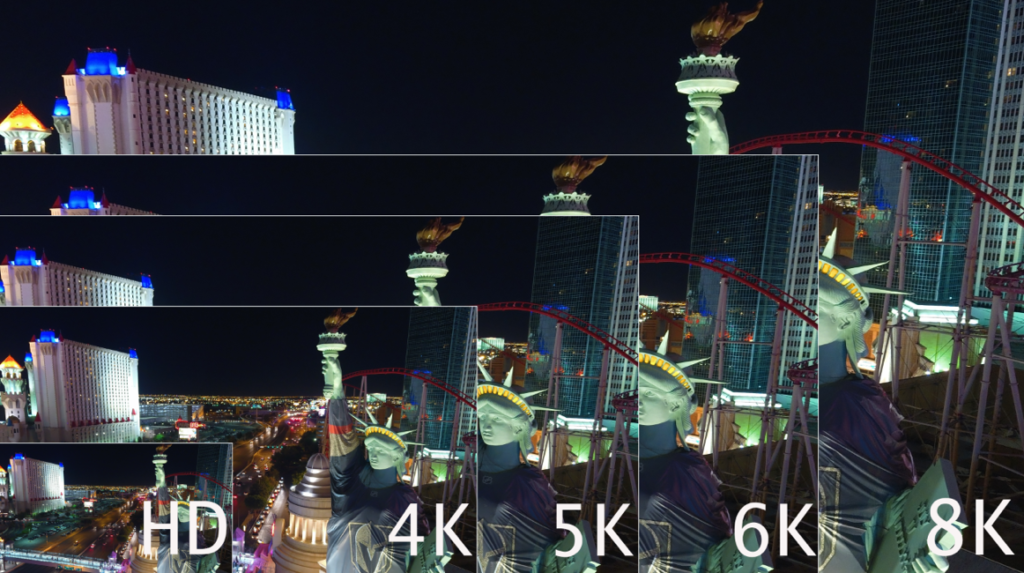
We have to roughly quadruplemegapixels to doubleresolution, so the jump from SD to HD makes sense, while the jump from HD to UHD/4K makes even more sense. Following that theme, jumping to 6K makes sense, while jumping to 8K is perfect theory, and nears the maximum of the human eye’s ability to resolve information.
Part 91, 101, 103, 105, 107, 137: WHAT’S THE DIFFERENCE?
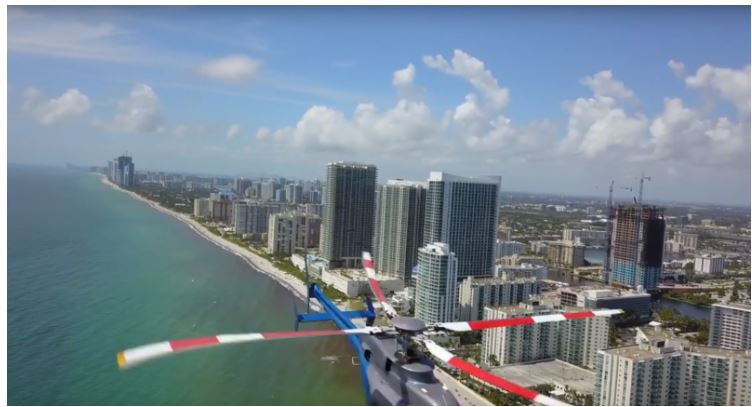
All these FARs, what’s a drone pilot to do in order to understand them? Do they matter? YES! In virtually every aviation pursuit except for sUAS, an understanding of regulations is requisite and part of most testing mechanisms. As a result, many sUAS pilots holding a Remote Pilot Certificate under Part §107 are woefully uninformed, […]



